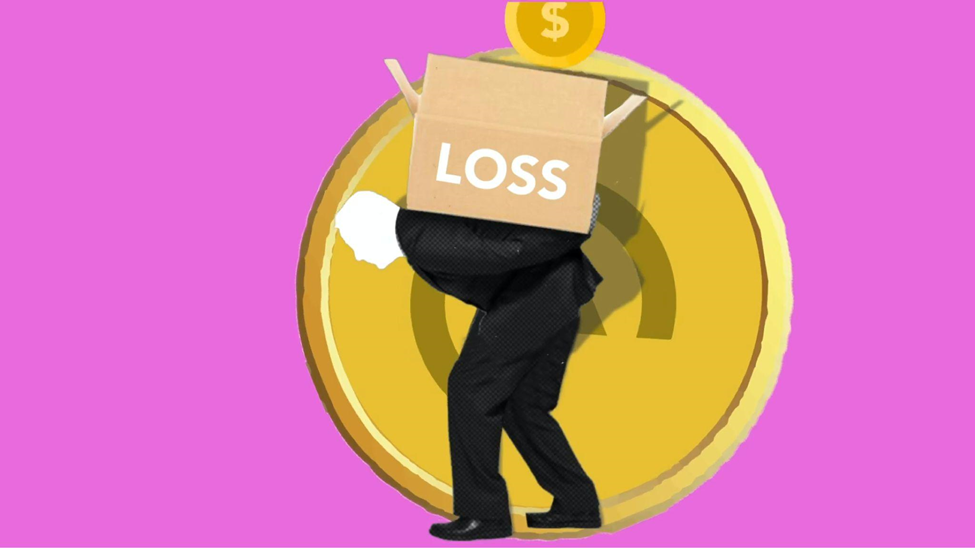When individuals lend money to other individuals or businesses, it is known as peer-to-peer (P2P) lending. Traditionally, when a person or a business needs to borrow a sum of money, they go to a bank or other financial institution to apply for a loan. P2P lending eliminates the need for the bank as the middleman, directly connecting individuals with money to lend and individuals seeking loans.
Today, we’ll focus on the pros and cons of P2P lending and how it compares to other investment options.

Online P2P lending took off in 2005, though peer-to-peer lending as a concept has been around for hundreds of years. Today, P2P lending is not only seen as a convenient way to connect individual creditors and borrowers, but as a potentially lucrative investment opportunity.
Pros and cons
Peer-to-peer lending can be an excellent alternative for both borrowers looking for a loan and individuals interested in loaning their money to others in exchange for a return in the form of interest. There are pros and cons that both the borrower and the creditor have to consider when engaging in P2P lending.

Pros
From an investor’s perspective, the most apparent benefit of P2P lending is the potential return on investment (ROI). For an investor with free cash and some risk tolerance, P2P lending can yield a handsome return, generating passive income.
Another pro associated with P2P lending is a relatively low barrier to entry. When we compare P2P lending to other forms of passive income (like real estate), the former requires less capital to get started and is a one-time cost.
You might think that the stock market is king when it comes to passive income and a low barrier to entry, and there is undoubtedly a lot of truth in that assertion. One of the key differences between P2P lending and the stock market is that P2P lending can get you a more consistent return in the short term. Since your capital is being paid back with interest in regular installments, you can rely on P2P lending to predictably generate returns during a shorter time horizon. While you can enjoy 8% annual returns in the stock market, keep in mind that this is a historical average. When the market is on a hot streak, the stock market is a wonderful short-term investment, but should you find yourself caught in a bear market, you may end up having to wait for years to recoup your losses.
Most savvy investors talk about portfolio diversification and making sure you avoid ‘putting all your eggs in one basket.’ P2P lending can be an excellent choice if you want to diversify your portfolio. Not only is P2P lending an attractive alternative asset, but it can also still yield impressive returns for investors in a low-interest-rate environment.
One final advantage to note about P2P lending is that investors can generally choose the level of risk they are comfortable with. As with any investment, the more risk you are willing to undertake, the greater the potential return. When you invest in P2P lending, you have the option of choosing to invest in higher or lower-rated borrowers, aligning your strategy with the level of risk that is right for you.
Cons

Individuals or businesses applying for a P2P loan may be doing so as a last resort, which can often mean they can’t get a loan through traditional avenues like banks or credit unions. As a result, investors in P2P lending may be exposed to a greater risk of borrower default, which could mean a loss of principal. Since P2P loans are not insured, an investor has no recourse if the borrower defaults on the loan.
P2P lending today leverages online technology platforms to facilitate matching investors (lenders) and borrowers. One of the cons of P2P lending is that investors must rely on technology platforms to do some of their work. Though there are many highly reputable and easy-to-use P2P lending platforms like Bondora, investing through a platform carries the risk of loss due to fraud. A far less serious problem that is quite common on P2P lending platforms is a poor user interface, making navigating the platform a challenge.
Investors who choose to invest in P2P lending will quickly learn that the fees associated with these platforms are significant, with many platforms charging 1% to investors to manage these loans.
The last con with P2P lending worth noting is that investors’ assets lack liquidity during the life of the loan. If an investor loans money to a borrower on a P2P lending platform, that money is locked into the loan until it is paid back over time. Investors who want to cash out of their investment at any time will not have the flexibility to do so with most traditional P2P lending platforms.
How does it compare to investing in other assets, like the stock market?
P2P lending possesses the unique qualities of an alternative asset class with the potential of very attractive returns. Compared with the stock market, P2P lending offers investors the opportunity to generate higher returns through repayments with interest. While the stock market is often said to average an 8% annual return, P2P loans can offer double-digit returns of 10, 11, and even 12%. However, this upside comes at a cost, which is the possibility of losing principal. While this is unlikely if you invest in large-cap index funds, default rates on P2P loans can be anywhere from 1-10% on average, depending on the risk levels associated with the loan.
A key difference between P2P loans and the stock market is the predictability of returns. While the stock market can move in any direction at any given time, P2P lending presents investors with the expected returns and repayment schedule.
Earlier, we mentioned the lack of liquidity associated with P2P lending. Once your funds are invested in a P2P loan, you will have to wait to be paid back over time (unless the platform offers the option of selling your loan at a discount to other investors). Fortunately, P2P lending has different loan terms that investors can choose from based on their individual time horizons. More often than not, the time horizon for P2P loans is shorter than the ideal time horizon for investing in the stock market.
When compared with bonds, P2P loans offer investors a much higher return along with a higher risk. Bonds and P2P loans are less volatile than the stock market, with bonds being more liquid. The time horizon for bonds extends far beyond that of P2P lending, with many popular treasury bonds spanning 20 or 30 years.
In summary
Overall, P2P lending is an exciting investment proposition for those who want to combine the benefits of several different asset classes. P2P lending has a comparably short time horizon, offers the potential for high returns every investor seeks, requires little capital to get started, and can generate predictable, passive income. Though the many benefits of P2P lending are surely intriguing for investors, it is essential to remember that these loans can be somewhat riskier than other investments and often less liquid.